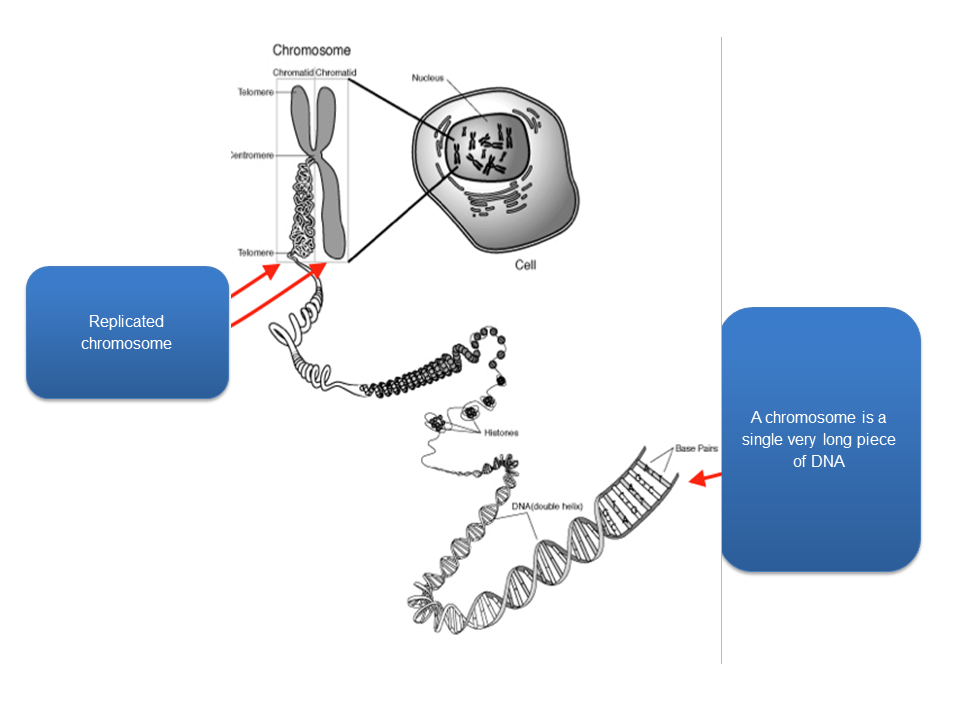SMHS Epidemiology
Contents
Scientific Methods for Health Sciences - Epidemiology
Overview:
After a general introduction to the filed of Epidemiology, students can have a basic idea of the language of Epidemiology. In this course, we want to identify and describe the population patterns of health-related risk factors and health-related outcomes in terms of persons, place and time. We are interested in exploring current major public health issues and try to identify and evaluate the main determinants of such public health issues (e.g. demographic, genetic, infectious, behavioral, and social). With all the concepts and methodologies of analysis in Epidemiology, application would be the next step. Here we examine and apply analytical approaches to data from different epidemiologic study designs (e.g., cross-sectional, cohort, randomized studies) and to critically appraise epidemiological findings.
Motivation:
Goals of this course:
- To understand basic features of the human genome and the distribution of mutations among individuals.
- To understand the principles of segregation and linkage as they apply to human pedigree analysis and the identification of genetic variations associated with disease.
- To learn population and quantitative genetic concepts that are necessary in order to study the relationship between genetic variation and disease variation in populations.
- To learn about prototypical gene-disease relationships that are important to public health.
- To understand the key issues in genetic testing in populations.
- To understand the genetic complexity of common chronic disease.
- To have a basic understanding of the importance and biological basis of epigenetic mechanisms, gene-environment interactions, and gene-gene interactions.
Theory
- Public Heath Genetics: some current and potential applications of genome research include:
- Molecular medicine: improved diagnosis of disease; earlier detection of genetic predispositions to disease; rational drug design; gene therapy and control systems for drugs; pharmacogenomics “custom drugs”.
- Microbial genomics: new energy sources (biofuels); environmental monitoring to detect pollutants; protection from biological and chemical warfare; safe, efficient toxic waste cleanup.
- Risk assessment: assess health damage and risks caused by radiation exposure, include low-dose exposures; assess health damage and risks caused by exposure to mutagenic chemicals and cancer causing toxins.
- Bio-archaeology, anthropology, evolution, and human migration: study evolution through germline mutations in lineages; study migration of different population groups based on X chromosome or Y chromosome; compare breakpoints in the evolution of mutations with ages of populations and historical events.
- DNA forensics (identification): identify potential suspects whose DNA may match evidence left at crime scenes; exonerate persons wrongly accused of crimes; identify crime and catastrophe victims; establish paternity and other family relationships; determine pedigree for seed or livestock breeds.
- Agriculture, livestock breeding, and bioprocessing: more nutritious produce; Biopesticides; healthier, more productive, disease-resistant farm animals; new environmental cleanup uses for plants like tobacco.
- The Human Genome and Mutation
- SOCR Home page: http://www.socr.umich.edu
Translate this page:
